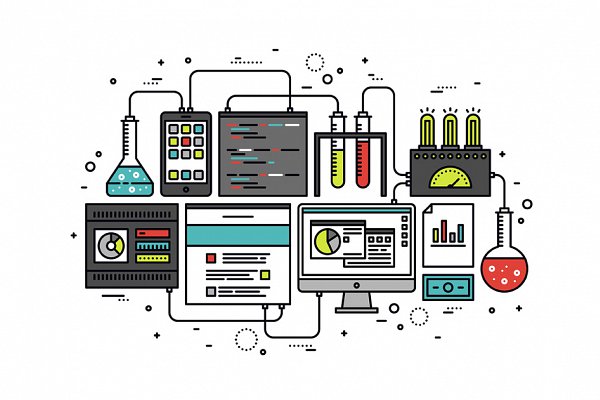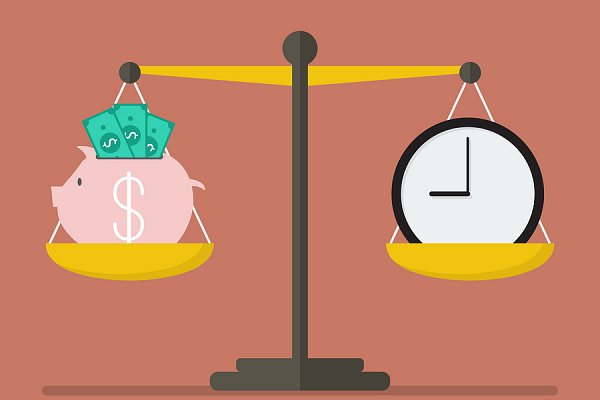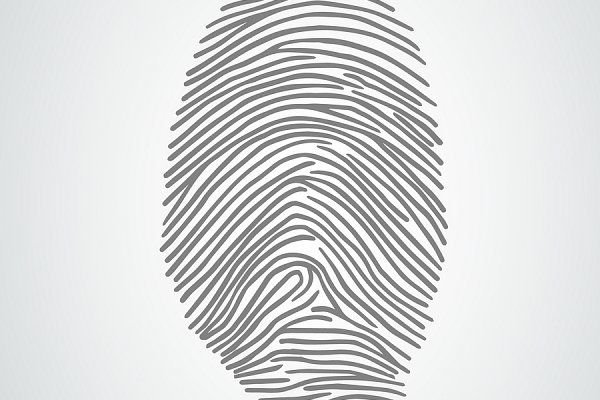The internet is chock-a-block with examples of bad — in some cases, horrendous — logo design. While good for a quick laugh, these ill-conceived creations should also serve as warning to any business — of any size — looking for a logo. And why it’s so important to hire someone who knows what they’re doing.
Your logo is one of the most important components of your brand. It’s also one of the most challenging to get right. So much hinges on that mark. It encapsulates your company’s personality, values, and uniqueness. And because your audience will likely glance at your logo before looking elsewhere, you have just a few precious seconds to make a good impression.
Which is precisely why we cringe whenever we hear a client tell us, “Oh, my 16-year old nephew designed our logo so we’re good.” Maybe — just maybe — that 16-year old nephew is a veritable prodigy in logo design. But chances are he’s not. Logo creation is a very specialized area of design that requires a particular skillset. Not all designers are capable of designing effective logos. And not all logo designers are good at other forms of design.
When our clients ask us about logo design, they often balk at the price (“I pay my 16-year old nephew in Red Hot Cheetos!”). Here’s what we tell them: quality logos aren’t easy. And they aren’t cheap. We work with designers who excel at logos, and they’re worth every penny they charge. But for those who are aren’t quite sure what makes a logo good (and so much more expensive then they expected), here are a few quick pointers on what to look for.
Keep it simple.
The best logos tend to be deceptively simple. Think Nike’s swoosh or Apple’s macintosh with a single bite missing. Logos that leave an immediate and memorable impression will typically have clean, bold lines, and few of them. The designer has eliminated any extraneous elements until you're left with the most basic form. One look, and you get the idea.
So avoid drop shadows and busy backgrounds. Get rid of any unnecessary strokes. Use negative space, like the World Wildlife Fund logo so masterfully does. Err on the side of minimal for maximum impact.
Geek out.
Some of the best logos can almost be broken down into mathematical equations. There’s a symmetry and geometry to them, even a science. Behind the logo, you can practically see the grid lines of an engineer sketching on graph paper. Deliveroo and Twitter’s logos are great examples of these symmetrical logos that DaVinci might have done.
Make it yours.
Your logo needs to be uniquely yours. To accomplish this, it’s best to avoid tired, overused icons like globes, arrows, light bulbs, and other familiar symbols typically relegated to clip art. When designing a logo, it’s also a good idea to check out your competitions' logos first. That way, you won’t end up with a mark that looks borrowed or stolen.
Don’t take it literally.
You want your logo to be a reflection of who you are as an organization. But that doesn't mean it has to be a literal translation of what you do or sell. Just because you’re a bookstore, doesn’t mean your logo has to be a book. If you’re a plumber, don’t feel compelled to make your mark a toilet plunger. Consider the Mercedes-Benz logo. Instantly recognizable, right? But nothing about it says “car.”
Try taking a more figurative approach. Think of the meaning behind your logo, as opposed to the most obvious interpretation. Take the asterisk in the Walmart logo, which was designed to represent a light bulb going off in someone’s head. Or the Amazon logo, with its underlying arrow that suggests a the smile of a satisfied customer while also pointing from a to z to indicate selection. The best logos have a secret that’s fun to discover, a la the hidden arrow in FedEx. See it?
Versatile, much?
Your logo gets used a lot, in multiple mediums. It’s on your business cards and stationary, your website and Facebook page, direct mail and print ads, t-shirts and key chains, maybe even tattooed on your bicep. So wherever your logo ends up — in print, on a screen, in full color, black and white, or reversed out, vertical or horizontal, big as a billboard or small as a postage stamp — you’ll want to make sure it looks good.
Have your designer deliver your logo as a vector (.eps or Adobe Illustrator) file that can be scaled to any size. We also recommend choosing a Pantone color to make sure it stays consistent across all mediums.
Skip the hip.
Your logo should be more timeless than trendy. The “I Love NY” logo was designed in 1975, and hasn’t changed since. Coca-Cola’s logo has been around for over a century. That’s not to say logos can do with a refresh from time to time. Burger King and UPS updated their iconic logos in recent years. But the essence of your logo should withstand the test of time. After all, the longer it’s around, the more recognition it will accrue.
It’s not really all about you.
Yes, your logo is an extension of your organization’s identity and personality. But don’t forget about who’s going to be looking at it. Make sure you’re designing a logo that speaks to your audience.
Are your customers of the corporate variety? Then maybe skew more professional. Going after families? Then you might want to be more playful and fun. Targeting millennials with multiple piercings and tattoos? Edgy and irreverent could be the right tone. Speaking to senior citizens? Nostalgic and homey might be more the direction you’re looking for. Design for your audience, not just for yourself.
Choose wisely.
Be careful in selecting the color and font for your logo. Different colors connote different emotions, and have certain meanings in certain cultures. Warm colors like reds and yellows tend to feel more bold, energetic and uplifting. Blues and greens are more reserved and calming. For our clients, we typically design logos in black and white first. This allows the client to focus first on form and shape, without getting hung up on colors which tend to be more subjective.
When it comes to fonts, it’s best to stay simple and timeless. Don't go crazy with the fonts, and avoid fonts that could quickly become dated or that are overused (hello Comic Sans, we’re looking at you). And for goodness sakes, don’t use Papyrus. Some companies have their own custom fonts created, but that’s way beyond most budgets. You’ll also want to pay attention to typography. Or better yet, hire a logo designer who’s infuriatingly obsessed with color, fonts, and how close the letters sit next to each (our logo designer will talk for hours about kerning to anyone who will listen.)
Logos we love.
You don’t need a massive budget to have a great logo, but you should be prepared to invest in hiring a logo professional. For a sampling of some excellent logo designs for small businesses, check out the following sites.
We’re also partial to the newish trend of animated logos, which are great for websites and digital applications.
If you’re in the market for a new logo, please, we beg you, don’t let your 16-year old nephew do it. Talk to us, and let us introduce you to our amazing logo designers. Just be prepared to hear a treatise on kerning.


